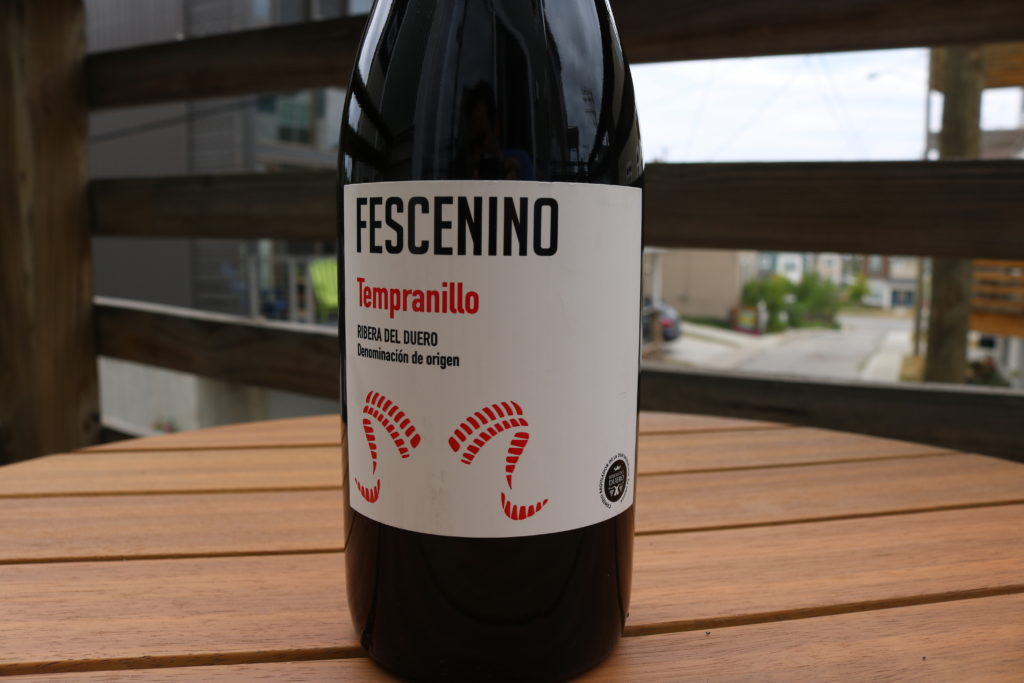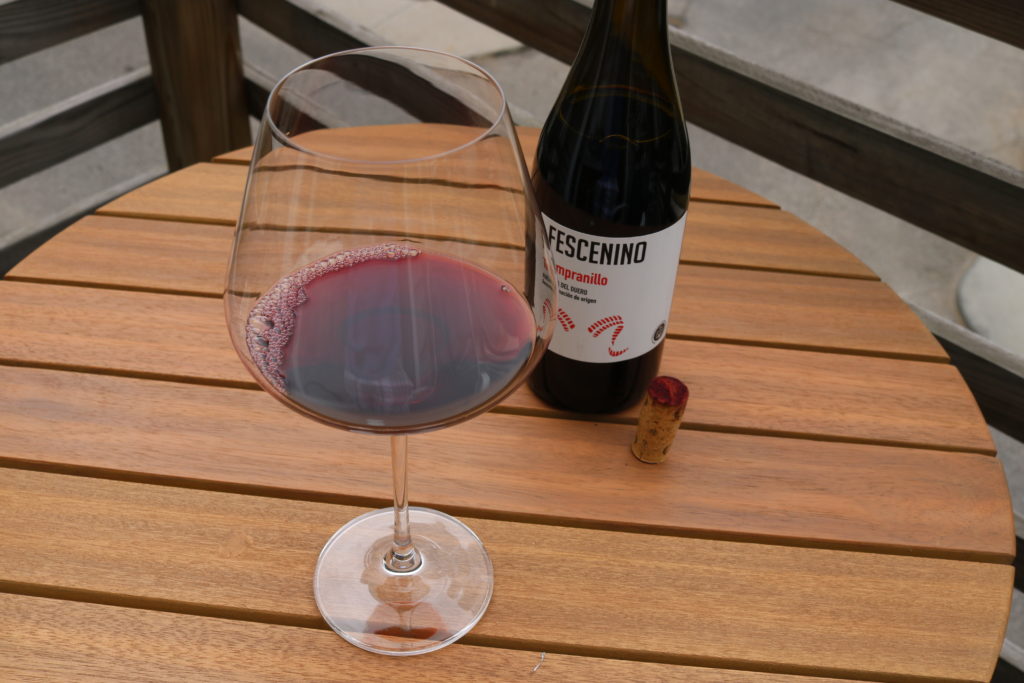Welcome to Wine 103, where we’ll go deeper into single varietals to help you decipher the wine list and the bottles in the shop. If you haven’t been through Wine 101 or Wine 102 yet, have no fear, you can pick up from here. If you have a moment, go back and check them out! To kick things off, we’ll be looking at Tempranillo.
Tempranillo
Spain’s most famous grape, Tempranillo is a complex grape that has a distinct ability to adapt to the various environments of the country. As a result, the wine tends to be very nuanced, and has an ability to stretch in breadth from a bright, young, cherry filled wine that might seem at home with Pinot Noir, to a full bodied, tannic wine with plenty of earthy complexity that may seem closer to Cabernet Sauvignon. While this may seem overwhelming, the simplest way to tell which camp your in will be to pay attention to the aging.
In general, all Tempranillo falls into one of the following classifications:
- Roble / Tinto / Joven / [Not Specified] – These wines are young, and tend to be juicier, and have seen little in the way of oak aging. Expect more red fruit and a spicy kick.
- Crianza – Minimum 6 – 12 months of aging in oak Again, these will be more on the juicier, red fruit side with some spicy kick.
- Reserva – The big guns start coming out here, with 12 months of oak aging, and up to another 2 years being bottled aged. Expect more complexity like floral notes, black fruit flavors, baking spices, and more.
- Gran Reserva – 18 – 24 months in oak, plus up to 4 years bottle aging. Expect more complexity than from a reserva, with a lean into dried fruit flavors, elements of cedar and oak, and some elements of leather or earthiness.
While the rules for aging dictate the general expectation for fruitiness vs. oak and complexity, they also dictate price. Expect to pay more for a Reserva and Gran Reserva.
Quick Facts on Tempranillo
Color: Red
Style: Dry
Body: Light to Full
General Characteristics: Cherry, Tobacco, Earthiness, Dried Blackberry
Notable Regions: Spain, Portugal
Other Names: Tinta Roriz
Fescenino Tempranillo 2013
While Fescenino Tempranillo is merely a young Tempranillo, it doesn’t mean it’s not great. Many Spanish Tempranillo tend to be huge values, without paying the price for the Reserva or Gran Reserva titles. So can Fescenino Tempranillo deliver?
Sight: A deep brick red core that is full opaque. Edges are a hot red-pink.
Smell: Prunes and jammy cherries lead off with a hit of bright red fruit. The nose is slightly hot, and plenty of earthiness comes through on the nose with a definite dusty-mushroom bent. Blackberries come in slight, as does a little dill, but many red fruits steal the show.
Sip: The fruit steals the start of the show here, with the sweetness of ripe cherries and raspberries pulling through. Prunes and plum skins are quick to follow with a bit of spice and a touch of earthiness. The body is firm and weighty, but not overtly heavy thanks to the good acidity.
Savor: The ending is maximizing the cherry notes, with a hint of spice and cedar. There are some plum skin bits, and a firm number of tannins playing here. The finish is of good length.
Fescenino Tempranillo is delicious, well crafted, and a good basic example of Tempranillo. The warm climate is definitively evident in the dried and ripe fruits it pulls in. Subtle nuances of herbs and spices round out the palate, and make for some complexity. Overall, Fescenino Tempranillo is a great choice for any fan of reds, and another great value choice from Spain.
Verdict: Prunes, Jammy Cherries, Plum Skins, Earthy
Rating: 89
Price: $10
Ribera del Duero, Spain


